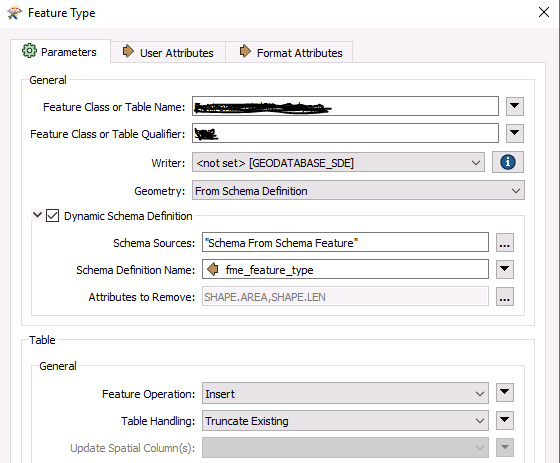Hi, I have this problem https://knowledge.safe.com/articles/944/remove-the-geometry-type-appended-to-feature-type.html , and the Writer does not support the option of using the Geometry from the schema definition without adding the geometry type to the dynamic name (i.e. "_polygon"). This is a problem since I'm inserting into existing tables with an fixed geometry type. There seems to be no way around it?
This post is closed to further activity.
It may be an old question, an answered question, an implemented idea, or a notification-only post.
Please check post dates before relying on any information in a question or answer.
For follow-up or related questions, please post a new question or idea.
If there is a genuine update to be made, please contact us and request that the post is reopened.
It may be an old question, an answered question, an implemented idea, or a notification-only post.
Please check post dates before relying on any information in a question or answer.
For follow-up or related questions, please post a new question or idea.
If there is a genuine update to be made, please contact us and request that the post is reopened.












